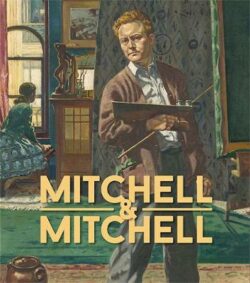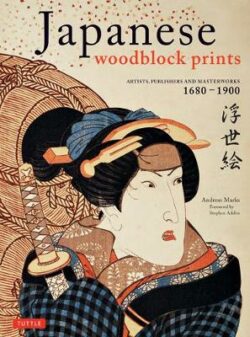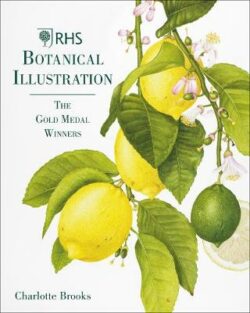Colors in Japanese Art
$59.99
Out of stock
Alert me when product is restocked
Description
How color is used in the most famous works of Japanese art-from the 16th century to the present.
From the vibrant reds of traditional kimonos to the serene blues of tarashikomi riverscapes and woodblock prints, this book shows that color itself is a leading figure in Japan’s long and varied artistic tradition.
Whether you are a collector of Japanese art, a student of art history, or simply captivated by the rich shades, tones and hues that Japanese art presents, Colors in Japanese Art is your key to understanding this extraordinary artistic tradition.
This book presents over 120 great works of fine and decorative art and discusses the color schemes used in each work, including:
The vibrant red, gold, multi-hued kimonos from the 18th and 19th century Edo period
The gold, green and deep-blue season-themed screens of Tohaku and Sesshu
The elegant pinks and blues in the landscape prints of Hiroshige and Hokusai
The blues, reds and yellows in the Ko-Kutani and Imari porcelains of the Edo and Meiji periods
Earthy golds in fine lacquerwares dating as far back as the Heian period
And so many more colors in over 120 magnificent examples!
A detailed analysis of each work shows how these color schemes evolved; how their popularity waxed and waned over time; the social and spiritual significance of certain color combinations; and the pigments and dyes used to create them.
Color swatches accompany the featured artworks to show readers how colors were used in subtle combinations, including many hues, tones and tints unique to the Japanese arts. A color chart at the end of the book summarizes the beautiful colors that are most characteristic of this tradition.
Additional information
| ISBN | 9784805318188 |
|---|---|
| Dimensions | 216 x 279 mm |
| Book Type | Hardback |
| Author | Nobuyoshi Hamada |
| Author Bio | Nobuyoshi Hamada served as editorial director of Seijinsha. He has edited numerous volumes on such Japanese art and design topics as traditional motifs, family crests, manga, toys, lucky symbols, kimono patterns, and, of course, color and its use. |
| Number of Pages | 208 |




